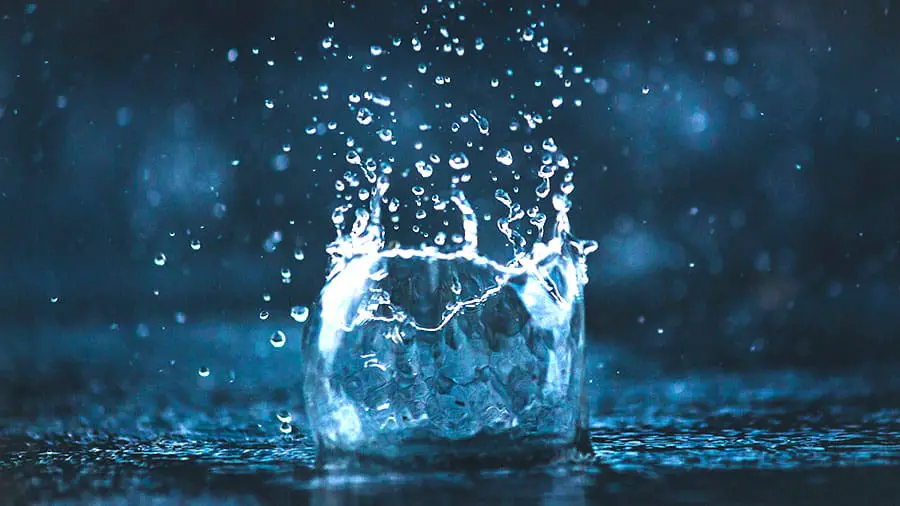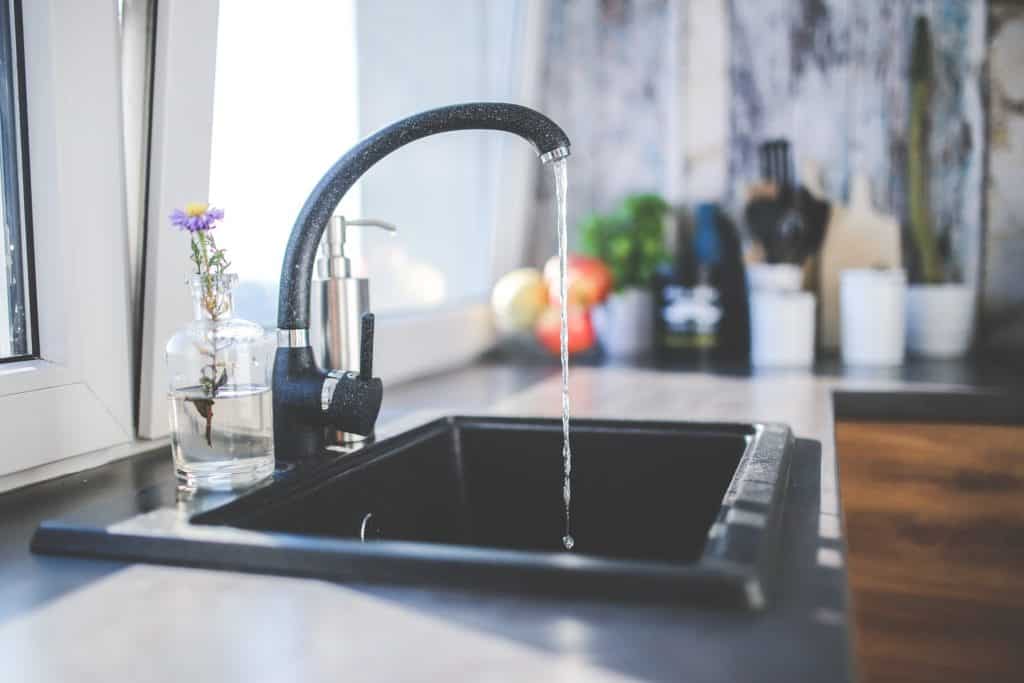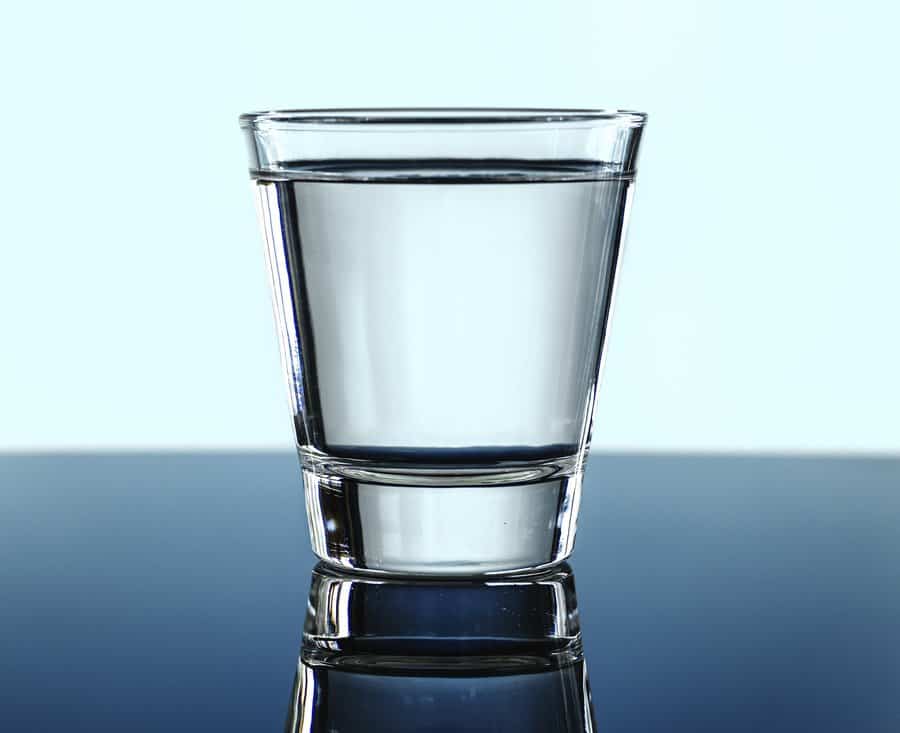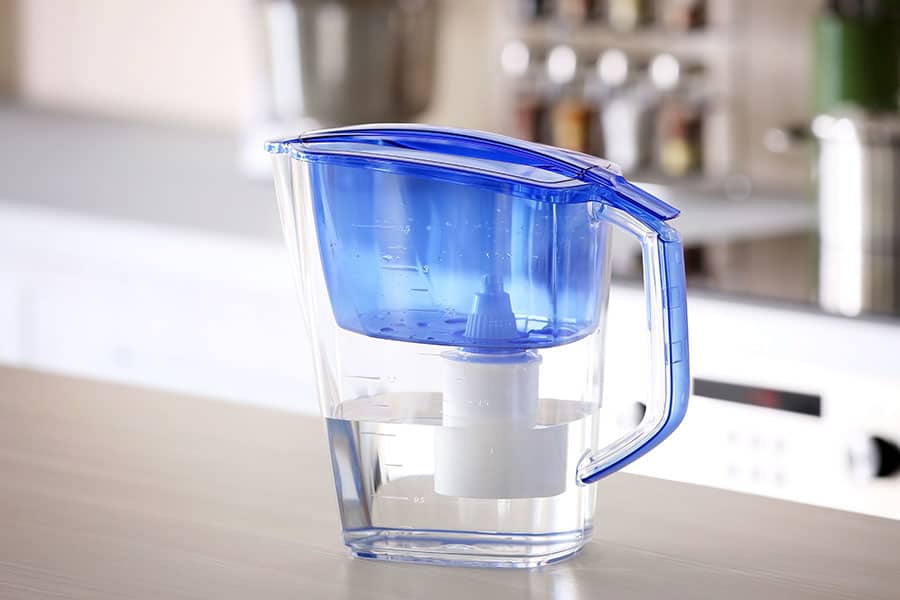
Water might not steal the spotlight like freshly roasted beans or a shiny new brewer, but it’s the unsung hero of a great cup of coffee. Making up roughly 98% of your brew, water quality can make or break the taste, aroma, and overall vibe of your morning ritual. With so many options—tap, bottled, distilled, spring, and more—how do you choose the best water for coffee? Let’s dive into the world of water and coffee brewing to find out what works, what doesn’t, and how to elevate your home brew.
Why Water Matters
Coffee is simple: beans and water. But while we obsess over grind size and brew ratios, water often gets overlooked. Its mineral content, pH, and purity directly affect how flavors are extracted from the grounds. Too many minerals, and your coffee might taste flat or bitter; too few, and it can feel dull and lifeless. The Specialty Coffee Association suggests water with a total dissolved solids (TDS) range of 75–150 ppm (parts per million), a neutral pH around 7, and specific levels of calcium, magnesium, and alkalinity for optimal extraction. That’s the sweet spot, but different water types—tap, filtered, distilled, or bottled—bring their own quirks to the table. Let’s break them down.
Tap Water: Convenient but Unpredictable

For most of us, tap water is the go-to for brewing coffee. It’s right there, no fuss required. But its quality varies wildly depending on where you live. In the Northeast and Midwest, tap water often carries higher phosphate levels, while agricultural areas might have nitrate runoff. Western states sometimes lean salty due to brackish groundwater. Trace elements like chlorine, aluminum, or copper can sneak in, adding metallic or acidic notes that carry over into your cup. Even if your tap water is safe to drink, it might not be ideal for coffee, potentially masking the nuanced flavors of your favorite roast.
Filtering can help. A pitcher filter with activated carbon—like a Brita—removes chlorine and some impurities while keeping beneficial minerals. For harder water (high in calcium and magnesium), a faucet-mounted or under-sink filter offers more thorough treatment. If your tap water tastes good on its own, filtering might be all you need to brew a solid cup.
Distilled and Purified Water: Too Pure for Their Own Good

Distilled and purified water sound like they’d be perfect for coffee—pure H2O, no contaminants. But here’s the catch: they’re too pure. Distilled water is made by boiling water into steam and condensing it, leaving most minerals behind. Purified water goes further, using processes like reverse osmosis to strip out nearly everything, including the good stuff. Without minerals like calcium and magnesium, extraction suffers, resulting in a flat, underwhelming brew that misses the body and brightness you want. Plus, distilled or reverse osmosis water can leach minerals from your coffee maker over time, potentially causing damage. For coffee, skip these and opt for water with a bit of mineral character.
Bottled Water: A Mixed Bag

Bottled water seems like an easy fix, but not all bottles are created equal. Some brands, like Evian or San Pellegrino, pack too many minerals, making coffee taste heavy or bitter. Others, labeled “purified,” are basically distilled water with no flavor-enhancing minerals. Spring water can work well if it hits the right TDS range (75–150 ppm), offering a clean base with enough calcium and magnesium to boost extraction. Brands like Volvic or Crystal Geyser (from certain sources) are often praised by baristas for their balanced profiles. The downside? Bottled water gets pricey, and plastic waste isn’t great for the planet. If you go this route, check the label for magnesium over calcium—magnesium “sticks” to coffee’s flavor compounds better, while excess calcium can add bitterness.
Specialty Water: The Third Wave Approach
Enter Third Wave Water, a game-changer for coffee geeks. These mineral packets let you transform a gallon of distilled water into a perfectly calibrated brewing liquid. Just shake a packet into distilled water, and you get a consistent TDS and mineral balance tailored for coffee—whether you’re brewing drip, pour-over, or espresso. They come in profiles like Classic Light Roast, Espresso, and Dark Roast, each tweaking magnesium, calcium, and alkalinity to suit different beans or methods. For espresso machines, their specialized packets minimize scale buildup, protecting your gear while enhancing flavor. It’s a bit of extra effort, but the clarity and vibrancy in the cup are worth it for those chasing the ultimate brew.
Hard vs. Soft Water: The Great Debate
Water hardness—how much calcium and magnesium it contains—sparks plenty of coffee shop debates. Hard water, common in the Midwest, has high mineral content that can cling to flavor compounds, potentially creating a fuller-bodied cup. But too much hardness (above 150 ppm TDS) can mute delicate notes or taste bitter, and it risks scaling in machines. Soft water, more typical in the Pacific Northwest or East Coast, has fewer minerals, which might sound ideal but can under-extract, leaving coffee tasting weak. The trick is balance: water that’s neither too hard nor too soft, landing in that 75–150 ppm TDS range. If you’re curious about your tap water’s hardness, a TDS meter or test strip can give you a quick read.
Here’s a quick look at how water types stack up for coffee brewing:
| Water Type | Pros | Cons | Best For |
|---|---|---|---|
| Tap (Filtered) | Convenient, retains some minerals | Varies by region, may need filtering | Budget-friendly brewing |
| Distilled/Purified | Pure, no contaminants | Flat taste, potential equipment harm | Not recommended |
| Bottled (Spring) | Balanced minerals in some brands | Costly, inconsistent, eco concerns | Occasional use |
| Third Wave Water | Consistent, optimized for flavor | Extra cost and effort | Serious home baristas |
Finding Your Perfect Water
So, what’s the best water for coffee? It depends on your setup and taste. If your tap water tastes clean and you filter out chlorine, it’s a solid starting point—cheap and easy. For more control, spring water with a TDS of 75–150 ppm can elevate your brew, especially for pour-overs or French press. If you’re ready to geek out, Third Wave Water offers unmatched consistency, letting you fine-tune flavors without worrying about regional water quirks. Whatever you choose, avoid distilled or overly purified water, and keep an eye on hardness to protect your equipment and your taste buds.
Experimentation is key. Brew a cup with filtered tap water, then try bottled spring water or a Third Wave mix. Taste the difference, tweak as needed, and you’ll be one step closer to your perfect cup. Water might seem like a small detail, but get it right, and your coffee will thank you.

